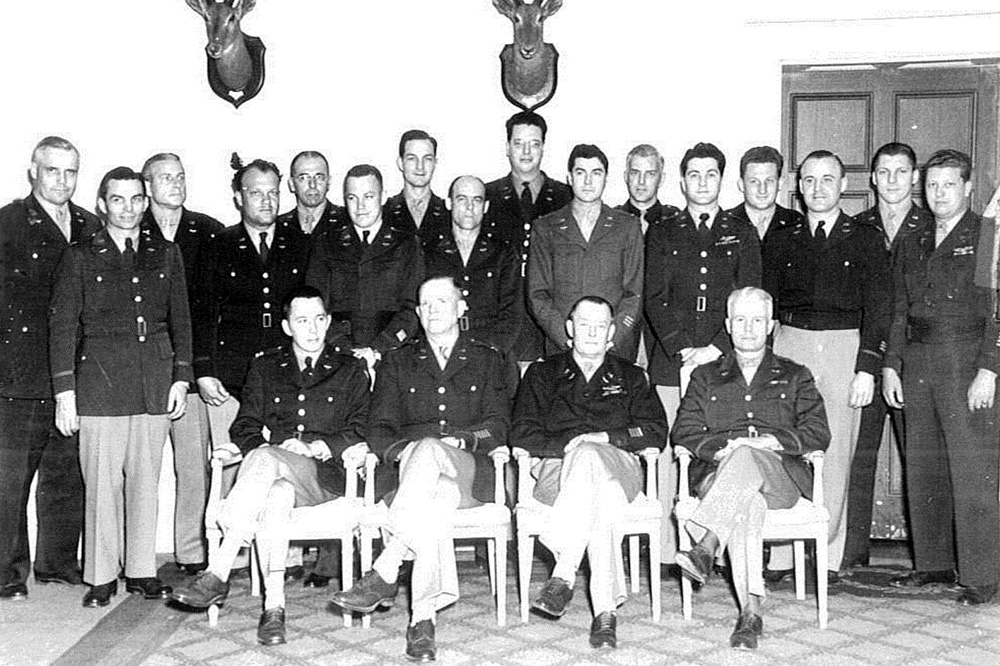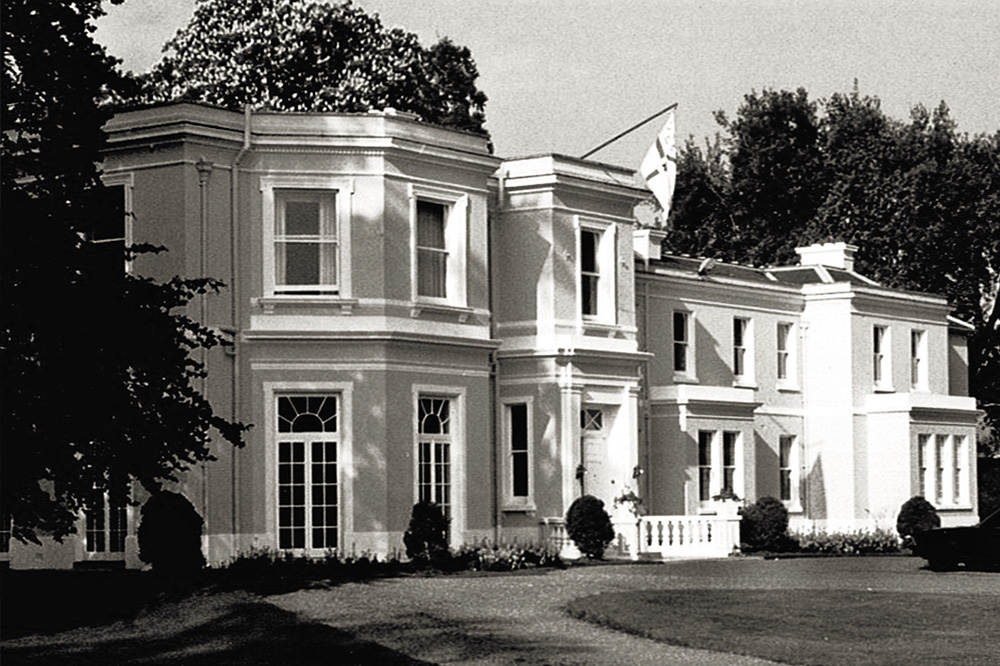VE Day 75th Anniversary
7 May 2020
On Friday 8th May as Britain marks the 75th Anniversary of VE Day, when the fighting against Nazi Germany ceased in Europe towards the end of World War Two (WWII), we reflect on Phyllis Court’s role during the War.
Although the air raid siren in Henley sounded 260 times over the six years of the conflict, bombs fell on the borough only once – on Greys Road, far from Phyllis Court. In relative safety, the Club housed a variety of service men and women undertaking important work involving Photographic Reconnaissance which aided the war effort. Most famously perhaps, aiding the Dambuster’s Raid in May 1943.
Before the military moved in, the early days of the War saw the Club bedrooms quickly filled by people escaping the anticipated aerial bombardment of London. As a result, between 1939 and 1941 the Club largely functioned as a residential hotel, with the Billiards Rooms serving as an air-raid shelter. However, on 23rd August 1941, when the Air Ministry requisitioned Phyllis Court, they gave the Club just four days to vacate it. Ladies from the Photographic Reconnaissance Unit moved in and spent nine months meticulously scanning aerial photographs of enemy-occupied territory.
In the summer of 1942 however, the Unit was moved on and security at Phyllis Court increased markedly. The lodge turned into a guardhouse, and sentries, dogs and barbed wire gave the impression that something ‘hush-hush’ was afoot. In fact, a small group of American soldiers had taken up residence, but RAF men arrived from Medmenham at all hours. Phyllis Court now housed V-Section whose job it was to create intricate plaster of Paris scale models for the use in military briefings. The workshop on the ground floor of Phyllis Court operated twenty-four hours a day, seven days a week, and created here were the famous models of the Möhne, Sorpe and Eder dams used for the infamous Dambuster’s Raid.
Phyllis Court returned to a WAAF (Women's Auxiliary Air Force) hostel in the latter half of 1943 when V-Section moved on to a purpose-built workshop. In August 1944, the Club’s role changed again, this time it was used as a rest and recuperation home for the US Eighth Air Force, becoming the US Army Air Force Station 494 in December 1944. Aircrew who had faced particularly harrowing experiences were sent to homes such as Phyllis Court. These were referred to as ‘flak farms’ in service slang, and Phyllis Court was the sixteenth and last rest and recuperation home to open in England. There were 28 Airmen in residence at the Club at any one time and their seven-day stay was said to benefit most, although some left still suffering with great anxiety. For the US Eighth Air Force, relief on VE Day was tempered by the prospect of re-deployment to the Asian theatre, however Hiroshima intervened before combat missions could resume.
Phyllis Court was de-requisitioned on 26th October 1945. It had come through essentially unscathed, and the Air Ministry had even introduced mains electricity! Renewal notices were posted to Members and subscriptions stood at £10. Concessions remained in place for lady relatives, but women could hence-forth apply for full membership.
As the sun shone on Wednesday 17th April 1946 five hundred Members and friends attended a cocktail party to mark the reopening!
Extracts taken from: Phyllis Court Club and Manor A History by Jason Tomes
Cover photo: Officers of the USAAF at Phyllis Court in 1945.
Photographs of the Dambuster's Models are displayed in the Club Room - read more about them and Johnny Johnson, Britain’s last surviving Dambuster crew member, who attended Phyllis Court in March 2017 for their unveiling here.

